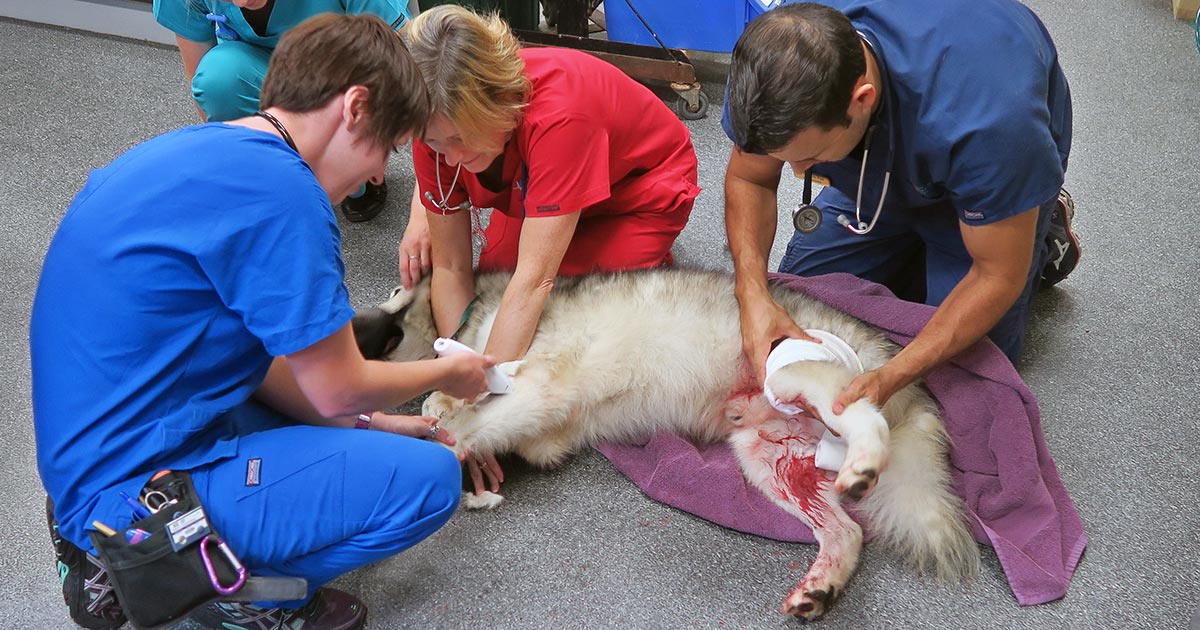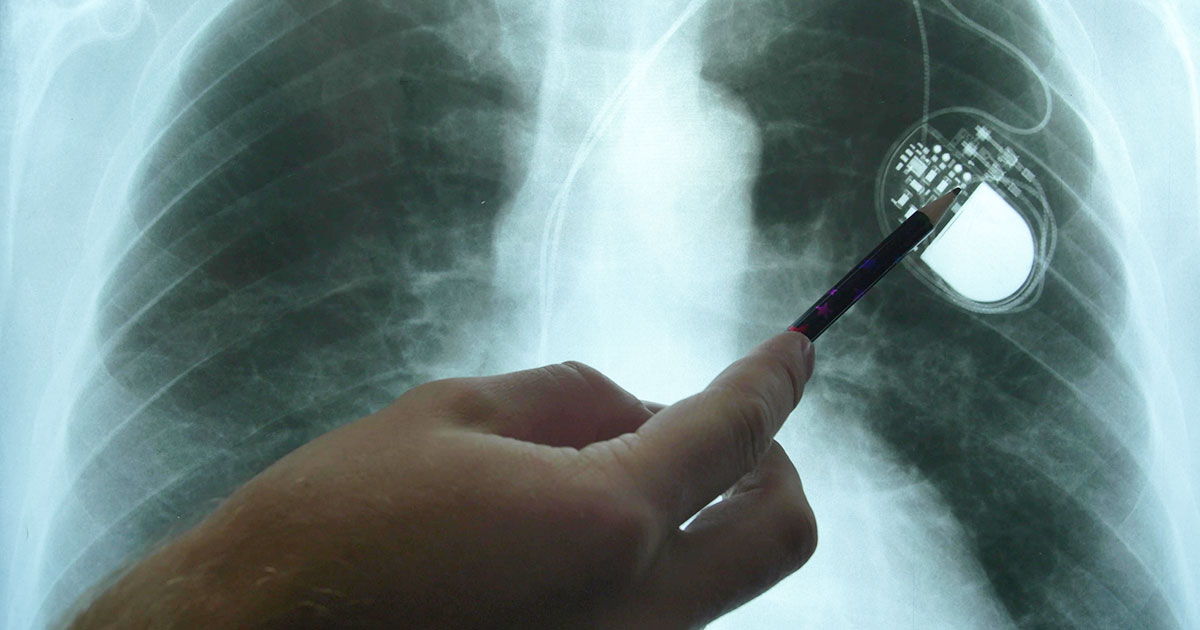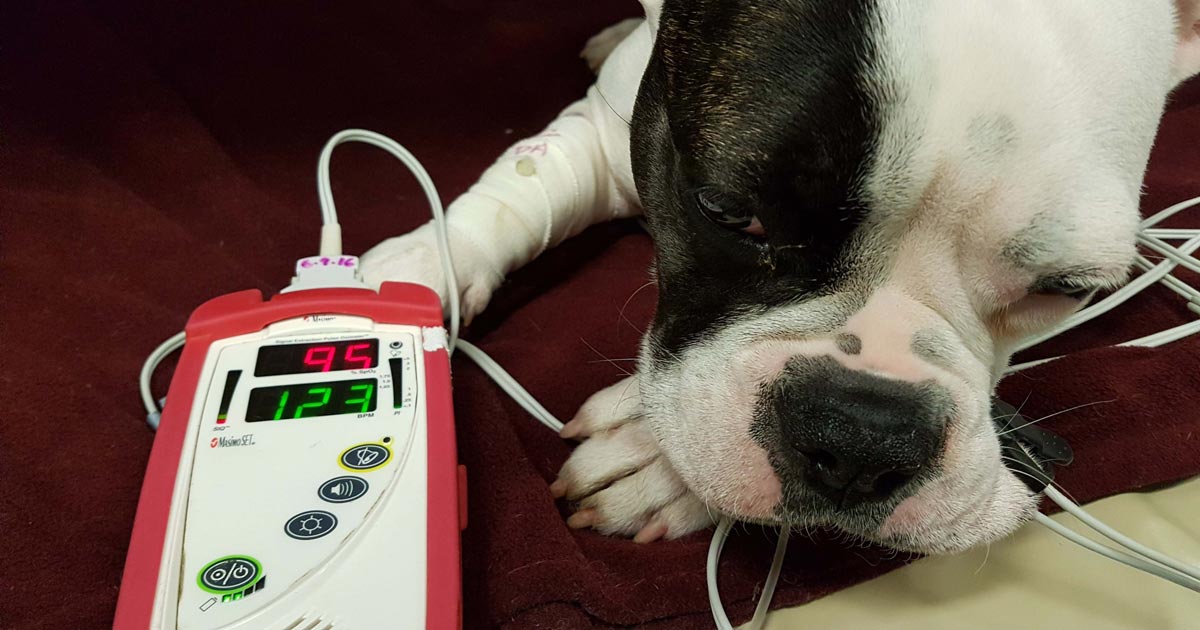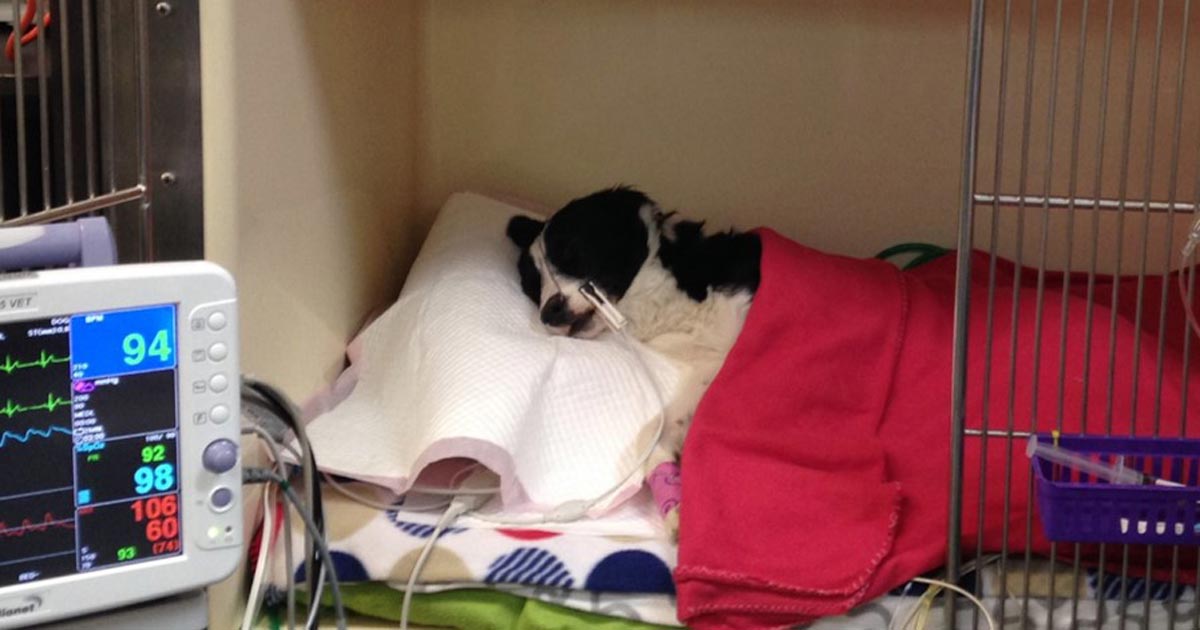Tag: Hypothermia
-

Triage, pt 1: primary survey
—
by
The art of triage takes time to master – particularly in emergency hospitals, where critical patients arrive in quick succession to the crash area. Patients need to be examined quickly and effectively to ensure the most critical issues are identified and stabilised. To do this, I break triage into two categories – primary survey and…
-

Recycling at the heart of things
—
by
As a PhD student you get access to placements that can expand on your skills. Many of these for historians like myself are in archives or publishing but they weren’t really for me. So, when the opportunity to be a researcher for the TV show Horrible Histories came up, I jumped at the chance, and,…
-

Oxyhaemoglobin dissociation curve, pt 2: pulse oximetry’s limitations
—
by
Pulse oximetry is a useful, non-invasive method of measuring a patient’s oxygen saturation (SO2) and, under normal physiological circumstances, correlates well to the arterial oxygen saturation (SaO2). However, despite its ease of use and accessibility, it is not infallible. Circumstances exist that will undermine the accuracy of these readings – some with dire consequences if…
-

Pulse oximetry is great, but know its limitations
—
by
Pulse oximetry is a very useful diagnostic and monitoring tool that has become commonplace in veterinary clinics. It measures the percentage of haemoglobin saturated with oxygen, and is an indirect measure of arterial oxygen levels. However, here are several important points to help you understand the limitations of pulse oximetry. Causes for false readings Falsely…
